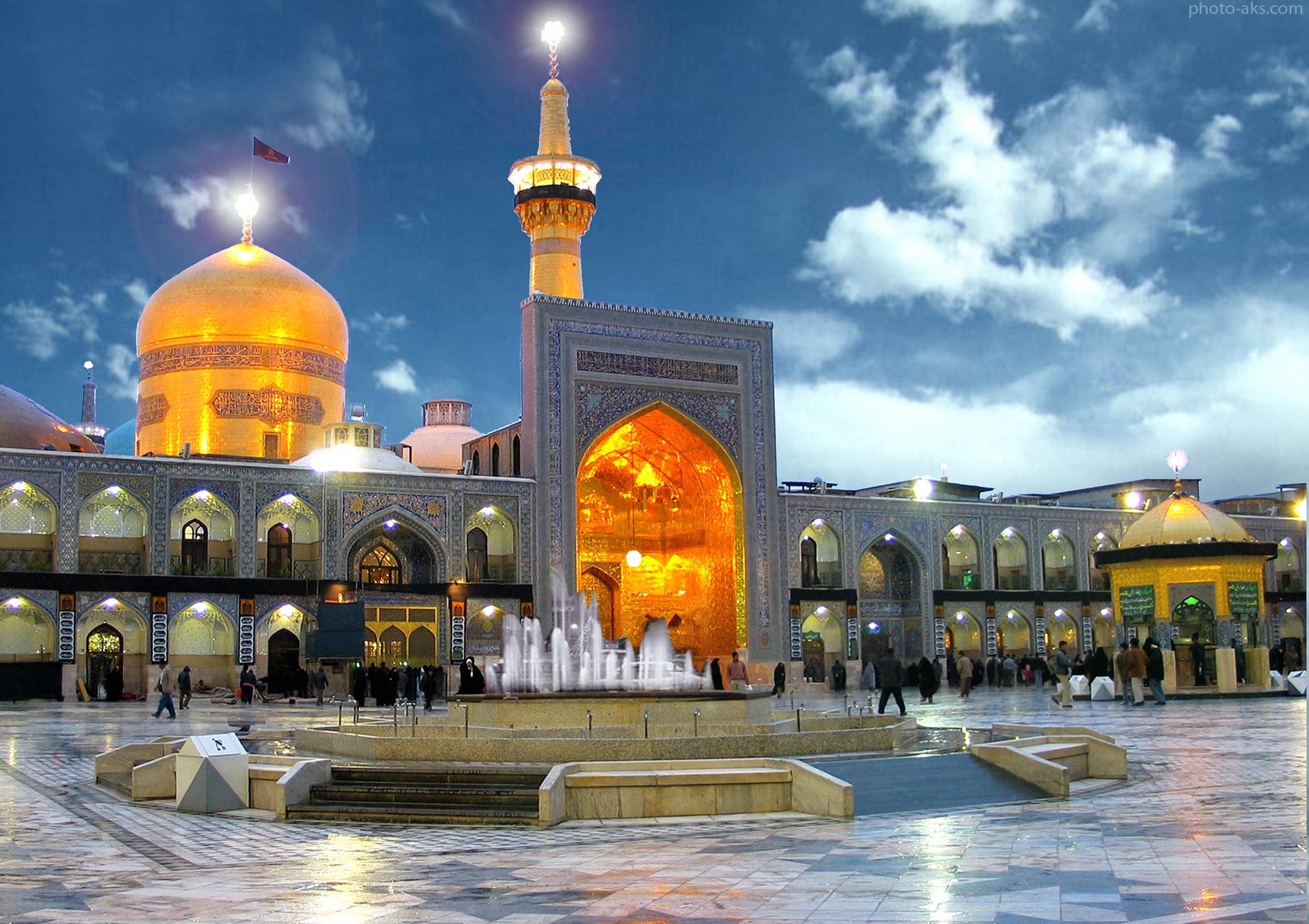Cultural Landmarks Of Qom: A Journey Through History And Spirituality
Share
Qom, a city located in Iran, is renowned for its rich cultural heritage and spiritual significance. As one of the holiest cities in Shia Islam, it attracts millions of pilgrims and tourists each year. This article will guide you through the most significant cultural landmarks in Qom, providing insights into their historical importance and the experiences they offer.
The Fatima Masumeh Shrine
The Fatima Masumeh Shrine is the most prominent landmark in Qom and serves as a pilgrimage site for Shia Muslims. This shrine is dedicated to Fatima Masumeh, the sister of Imam Reza, the eighth Shia Imam. The intricate architecture, adorned with stunning tile work and golden domes, is a sight to behold.
Key Features:
- Architecture: The shrine's design reflects traditional Persian architecture, with its grand entrance and beautifully decorated interiors.
- Spiritual Significance: Visiting this shrine is considered a way to seek blessings and spiritual healing.
- Cultural Events: The shrine hosts various religious ceremonies and cultural events throughout the year, attracting visitors from around the world.
The Qom Bazaar

The Qom Bazaar is a vibrant marketplace that showcases the local culture and crafts. Here, you can find a variety of goods, including traditional Persian carpets, handicrafts, and spices. The bazaar is not just a shopping destination; it’s also a place to experience the daily life of the locals.
What to Expect:
- Local Crafts: Discover unique handmade items that reflect the rich cultural heritage of Iran.
- Culinary Delights: Sample local delicacies and sweets that are a staple in Iranian cuisine.
- Cultural Interaction: Engage with local artisans and shopkeepers, gaining insights into their crafts and traditions.
The Imam Reza Shrine

Although primarily located in Mashhad, the Imam Reza Shrine is an essential part of Qom's cultural landscape due to its significance in Shia Islam. Many pilgrims visiting Qom also take the opportunity to visit this shrine, which is one of the largest and most important in the Islamic world.
Highlights:
- Pilgrimage: The shrine attracts millions of visitors annually, making it a central hub for religious activities.
- Architectural Marvel: The shrine features stunning mosaics and intricate tile work, showcasing the artistry of Persian architecture.
Best Time to Visit Qom
When planning your visit to Qom, consider the weather and local events. The best time to visit is during the spring (March to May) and autumn (September to November) when the weather is mild and pleasant. Summers can be extremely hot, while winters may bring cold temperatures.
Weather Overview:
- Spring: Mild temperatures, blooming flowers, and vibrant festivals.
- Summer: Hot and dry, with temperatures often exceeding 40°C (104°F).
- Autumn: Comfortable weather, ideal for outdoor activities and sightseeing.
- Winter: Cold, with occasional snowfall, particularly in the surrounding mountains.
Getting There and Around
Traveling to Qom is convenient, with various transportation options available. The city is well-connected by road and rail, making it accessible from major cities like Tehran.
Transportation Options:
- Flights: The nearest airport is in Tehran, from where you can take a bus or taxi to Qom.
- Trains: Regular train services connect Qom with Tehran and other cities.
- Buses: Buses are a popular and economical way to travel to Qom.
For your travel needs, consider booking hotels and flights through the following links: - Hotels & Flights - Transfers
Cultural Experiences in Qom
Qom is not just about its landmarks; it also offers a rich tapestry of cultural experiences. Engage with the local community, participate in religious ceremonies, and immerse yourself in the traditions that define this city.
Activities to Consider:
- Attend Religious Ceremonies: Experience the spiritual atmosphere by attending local prayers and ceremonies at the shrines.
- Visit Local Museums: Explore museums that showcase the history and culture of Qom and Iran.
- Culinary Tours: Join a food tour to taste authentic Iranian dishes and learn about their preparation.
Conclusion
Qom is a city that resonates with history, spirituality, and culture. Its landmarks, such as the Fatima Masumeh Shrine and the bustling Qom Bazaar, offer a glimpse into the rich heritage of Iran. Whether you are seeking spiritual fulfillment or cultural enrichment, Qom has something to offer every traveler. Make sure to plan your visit during the best times of the year to fully enjoy all that this remarkable city has to offer.
As you prepare for your trip, don’t forget to secure your accommodations and travel arrangements to ensure a smooth and enjoyable experience. Happy travels!




